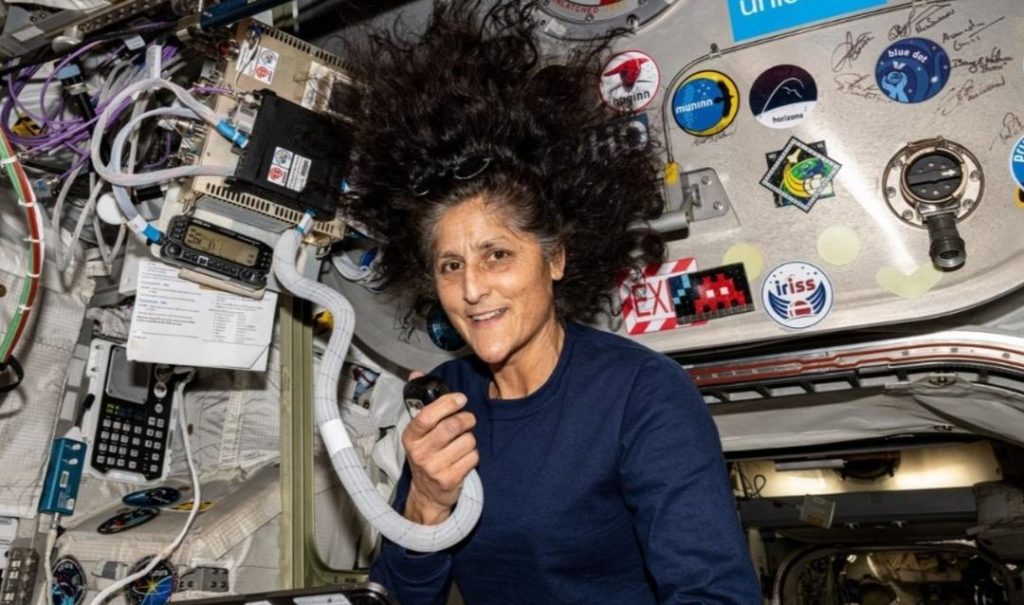
What Scientific Milestones Were Achieved by Williams & Her Team?
In a recent scientific breakthrough, NASA has listed the numerous scientific milestones achieved by astronauts Nick Hague, Butch Wilmore, Sunita Williams, and cosmonaut Aleksandr Gorbunov aboard the International Space Station (ISS). The crew’s remarkable endeavors have contributed significantly to our understanding of various scientific phenomena, from plant growth to medical device printing.
Plant-Related Studies
One of the primary focuses of the crew was on plant-related studies. Scientists have long been fascinated by the effects of microgravity on plant growth, and this mission provided valuable insights into this area. The crew conducted experiments to investigate how plants adapt to microgravity, which could have significant implications for future long-duration space missions. By studying how plants grow in space, scientists can better understand how to sustain life in space and potentially even grow food for future space travelers.
Earth Observation
In addition to plant-related studies, Butch Wilmore, a veteran astronaut, spent thousands of hours capturing stunning images of our planet from space. This endeavor was part of a larger effort to monitor urban growth, climate change, and natural disasters from space. Earth observation has become an increasingly important tool in understanding our planet’s complexities, and this mission has provided invaluable data for scientists to analyze.
3D Printing of Implantable Medical Devices
The crew also tested the feasibility of 3D printing implantable medical devices in microgravity. This innovative technology has the potential to revolutionize the medical field, allowing for the creation of customized implants tailored to individual patients’ needs. By printing these devices in space, scientists can better understand the effects of microgravity on material properties and optimize the manufacturing process for future Earth-based production.
Astronaut Health
The crew also conducted research focused on maintaining astronaut health in space. This included studying the effects of microgravity on the human body, including muscle and bone loss, and developing strategies to mitigate these effects. By understanding the physiological changes that occur in space, scientists can better prepare astronauts for long-duration missions and develop effective countermeasures to maintain their health.
Fire in Space
One of the most significant events during the mission was a fire that broke out in one of the ISS’s storage compartments. Although the fire was quickly extinguished, it highlighted the importance of fire safety in space. The crew’s swift response and the station’s emergency systems prevented any serious damage or harm to the crew.
Conclusion
The achievements of Nick Hague, Butch Wilmore, Sunita Williams, and Aleksandr Gorbunov aboard the ISS are a testament to human ingenuity and the boundless potential of space exploration. From plant-related studies to Earth observation and 3D printing of medical devices, this mission has pushed the boundaries of scientific knowledge and has significant implications for future space missions.
As we continue to push the frontiers of space exploration, it is crucial that we prioritize the scientific and technological advancements made by pioneering astronauts like those on this mission. By doing so, we can ensure a brighter future for humanity and continue to inspire the next generation of scientists and explorers.
Source:






